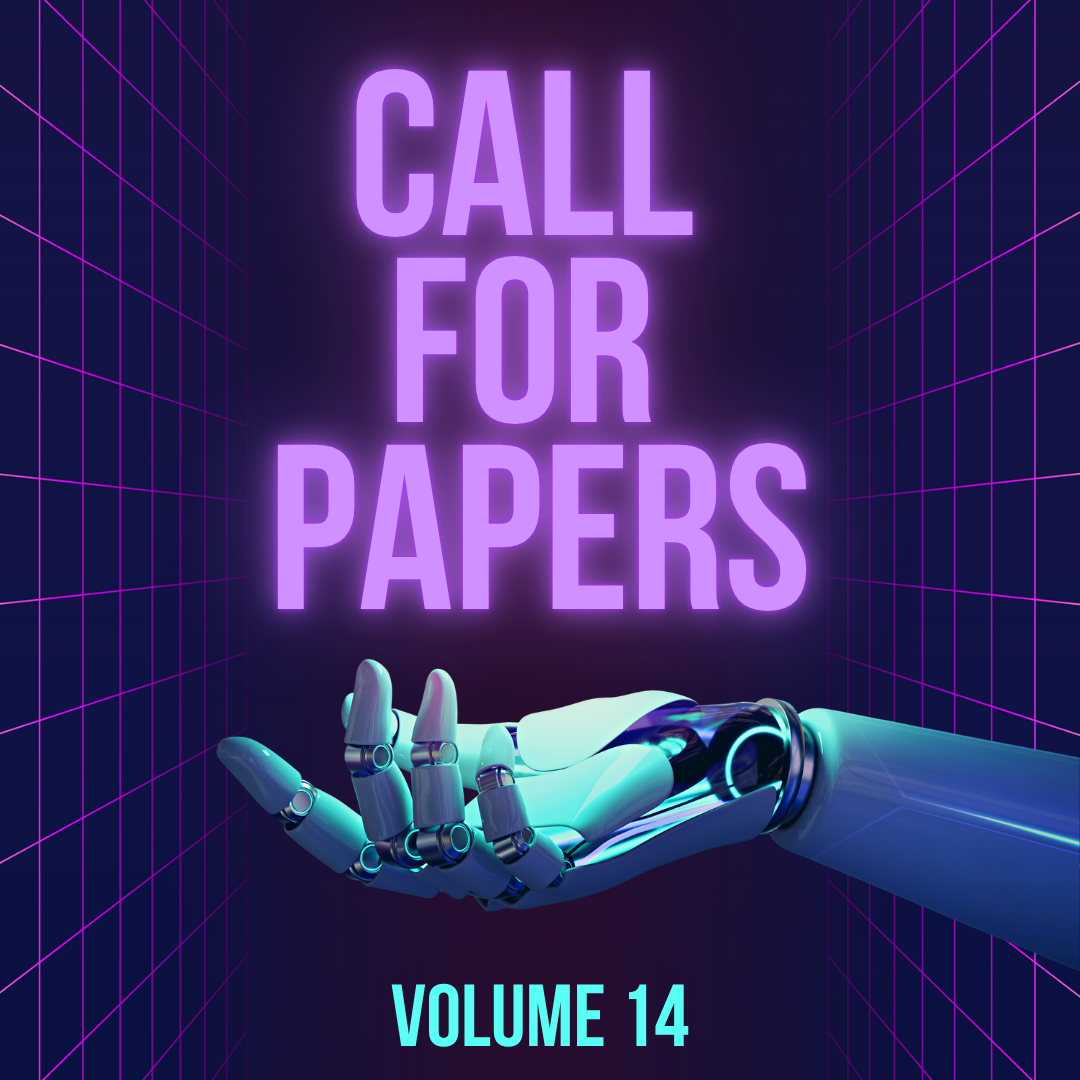Fake News Detection Using Optimized Convolutional Neural Network and Bidirectional Long Short-Term Memory
Keywords:
Fake News, CNN-BiLSTM, Word EmbeddingAbstract
The spread of fake news in the digital age threatens the integrity of online information, influences public opinion, and creates confusion. This study developed and tested a fake news detection model using an enhanced CNN-BiLSTM architecture with GloVe word embedding techniques. The WELFake dataset comprising 72,000 samples was used, with training and testing data ratios of 90:10, 80:20, and 70:30. Preprocessing involved GloVe 100-dimensional word embedding, tokenization, and stopword removal. The CNN-BiLSTM model was optimized with hyperparameter tuning, achieving an accuracy of 96%. A larger training data ratio demonstrated better performance. Results indicate the effectiveness of this model in distinguishing fake news from real news. This study shows that the CNN-BiLSTM architecture with GloVe embedding can achieve high accuracy in fake news detection, with recommendations for further research to explore preprocessing techniques and alternative model architectures for further improvement.



